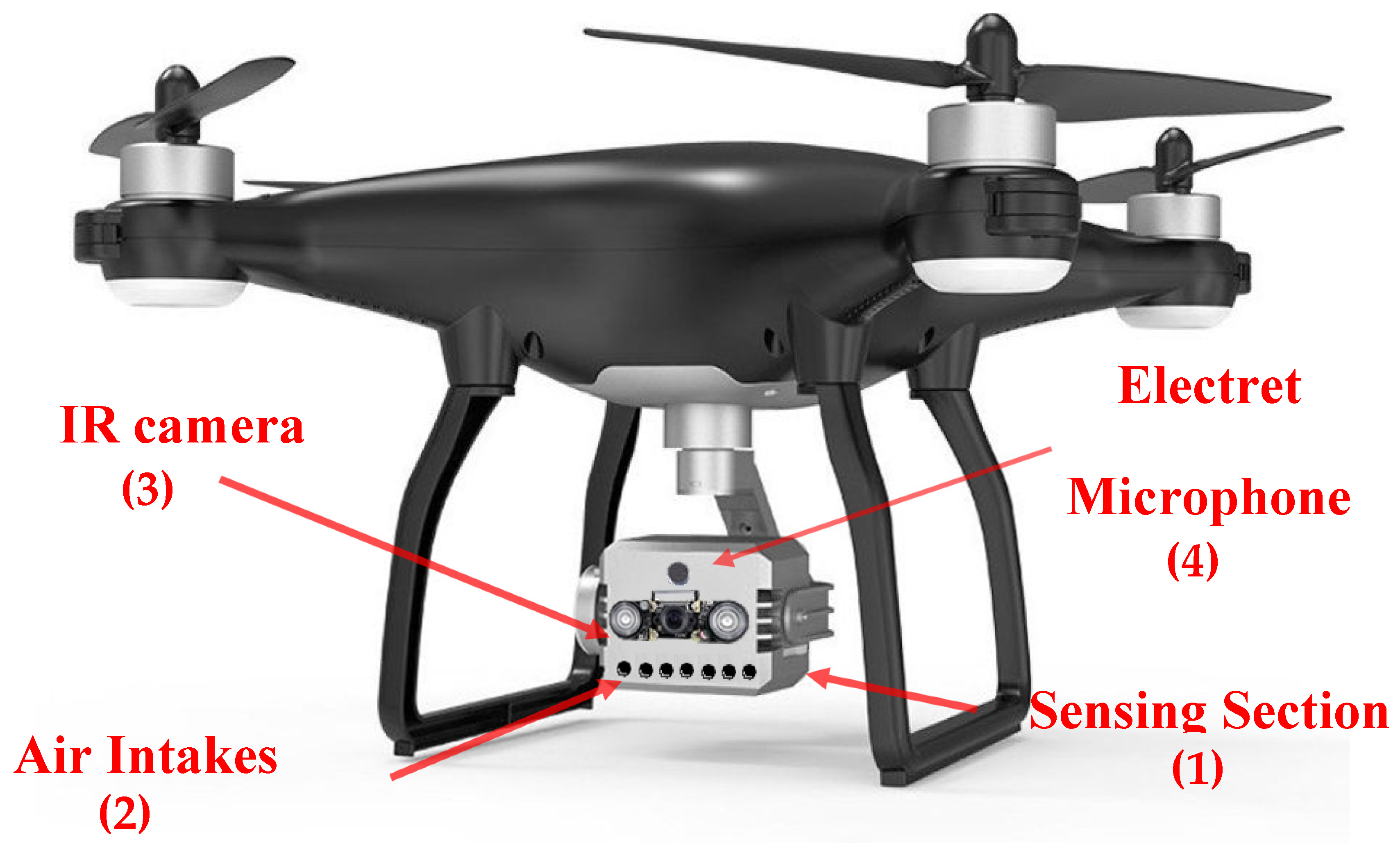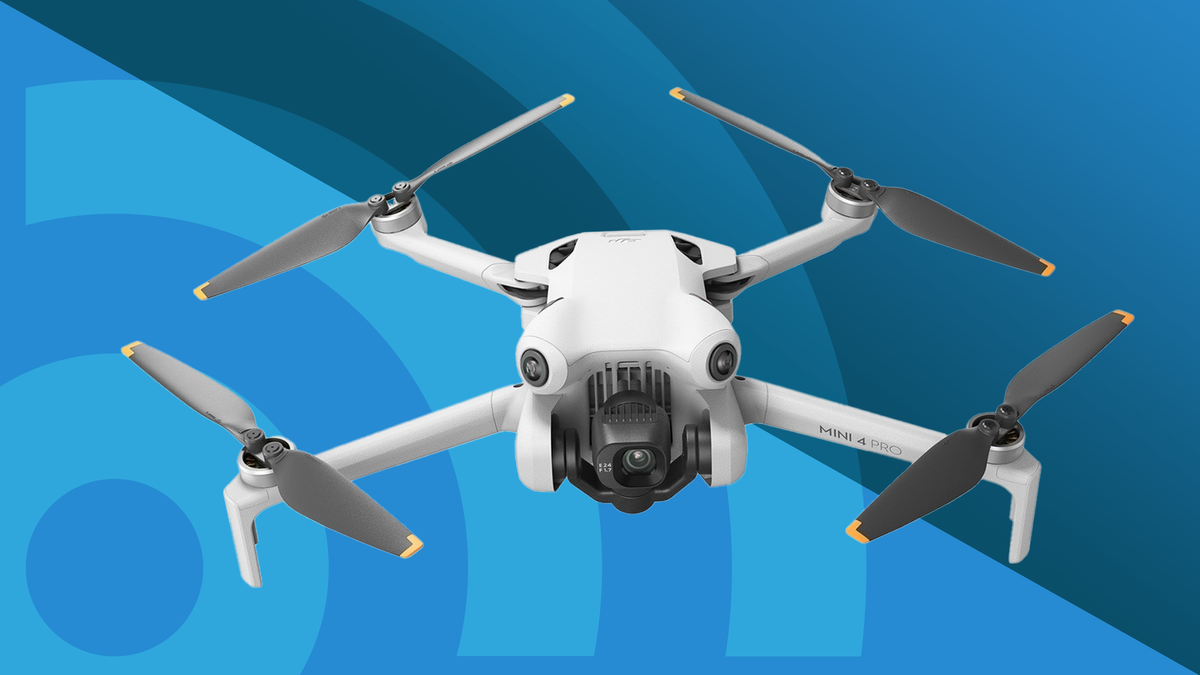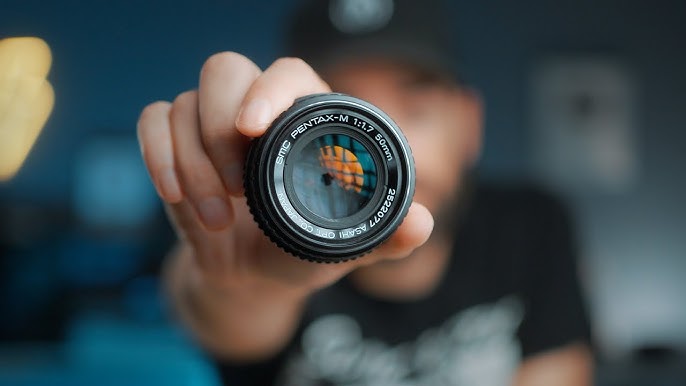In the realm of aerial videography, capturing stunning footage from the sky is a blend of technology, creativity, and precision.
One of the fundamental factors that profoundly influences the quality of drone videos is the sensor size of the onboard camera.
In this article, we’ll explore the impact of sensor size on drone video quality and how it can make a crucial difference in the results you achieve.
Understanding Sensor Size
The sensor size of a camera is essentially its digital “eye.” It determines how much light it can capture and how well it can interpret that light to produce an image or video. In drone cameras, sensor size is measured in millimeters and can vary significantly among different models.
Low-Light Performance
Larger sensors, like those found in professional-grade drones, have larger individual pixels that can capture more light.
This results in superior low-light performance, enabling you to capture clear and detailed footage even during dawn, dusk, or in dimly lit environments.
Smaller sensors, on the other hand, may struggle in low-light conditions, producing noisy and less detailed videos.
Dynamic Range
Dynamic range refers to the ability of a camera to capture details in both the brightest and darkest areas of a scene.
A larger sensor typically offers a wider dynamic range, preserving more details in challenging lighting situations.
This is particularly important when shooting scenes with high contrast, such as sunsets or landscapes with deep shadows.
Depth of Field Control
Sensor size also affects the depth of field in your videos. A larger sensor allows for a shallower depth of field, creating a pleasing background blur (bokeh) that can make your subject stand out.
This creative control over focus can add a cinematic quality to your drone videos, enhancing their visual appeal.
Overall Detail and Resolution
Larger sensors capture more detail, resulting in higher video resolution and sharper images.
This becomes especially important when you want to zoom in or crop your footage during post-processing.
High-resolution videos are not only visually appealing but also offer flexibility in editing and framing your shots.
Image Stabilization
Many modern drones come equipped with advanced image stabilization technology, such as gimbals.
While image stabilization primarily addresses the issue of shaky footage, it works in conjunction with sensor size to produce smoother and more professional-looking videos.
A larger sensor can provide more visual data for the stabilization system to work with, resulting in smoother and more stable videos.
Choosing the Right Drone for Video Production
When selecting a drone for video production, it’s crucial to consider the sensor size alongside other factors like budget, flight time, and desired features.
While larger sensors typically offer superior video quality, they may come with a higher price tag and be featured in larger and heavier drone models.
In conclusion, the impact of sensor size on drone video quality cannot be overstated. It directly affects low-light performance, dynamic range, depth of field control, overall detail, and image stabilization—all of which contribute to the overall cinematic quality of your aerial videos.
Understanding this relationship empowers videographers and filmmakers to make informed choices when selecting the right drone for their creative projects, ensuring that their aerial footage reaches new heights of visual excellence.









Leave a Reply